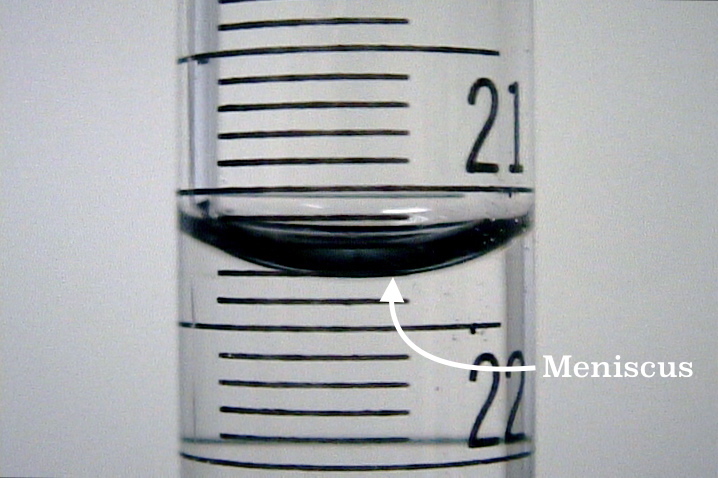Why isn't the surface flat?

When water is in a test tube, its surface forms a concave-up meniscus, as shown in the figure above. Which of the following is the best explanation for this phenomenon?
This section requires Javascript.
You are seeing this because something didn't load right. We suggest you, (a) try
refreshing the page, (b) enabling javascript if it is disabled on your browser and,
finally, (c)
loading the
non-javascript version of this page
. We're sorry about the hassle.
There is force of adhesion between the molecules of glass and water. Water is made up of polar molecules, which have positively and negatively charged ends. Since opposites attract, the positive sides attract the negative sides, and all of the molecules stick to one another. Glass molecules also happen to be polar. Again, since polar molecules like to stick together, the water in a glass tube will actually tend to stick to the sides of the tube!